Introduction#
Actually, I only came across this concept before the new year. I happened to see this term in my circle of friends out of curiosity, so I did some research. Like most beginners, I installed the MetaMask wallet, tried Mirror, registered ENS, minted and purchased NFTs on OpenSea, joined a lot of Discord channels, and completed several tutorials on BuildSpace. Finally, I formed some preliminary understanding, and I think it's time to write about what I understand about Web3.
What is Web3?#
Before trying Mirror, I thought this was a very abstract concept. What does it mean to own data assets? How is web3 related to cryptocurrencies? Decentralization? What is the relationship with NFTs? After seeing Mirror, I suddenly understood a bit:
-
Universal account across the web: You don't need to register a Mirror account, you can use it by connecting your encrypted wallet.
-
User ownership of data assets: The content you produce is stored on the blockchain and does not belong to the platform.
-
Decentralized profit model: You can mint articles as NFTs, and readers or fans can reward them by collecting these NFTs, without sharing the rewards with the platform.
A universal account is different from logging in with a Google account or registering with a phone. The latter is registered on a platform through authorization mechanisms such as OAuth or a unique ID like a phone, recording your user data. A universal account is registered once (encrypted wallet), and then it is universal across all Dapps (decentralized applications). There is no registration process anymore, and all login authentication and transactions are verified through the wallet address.
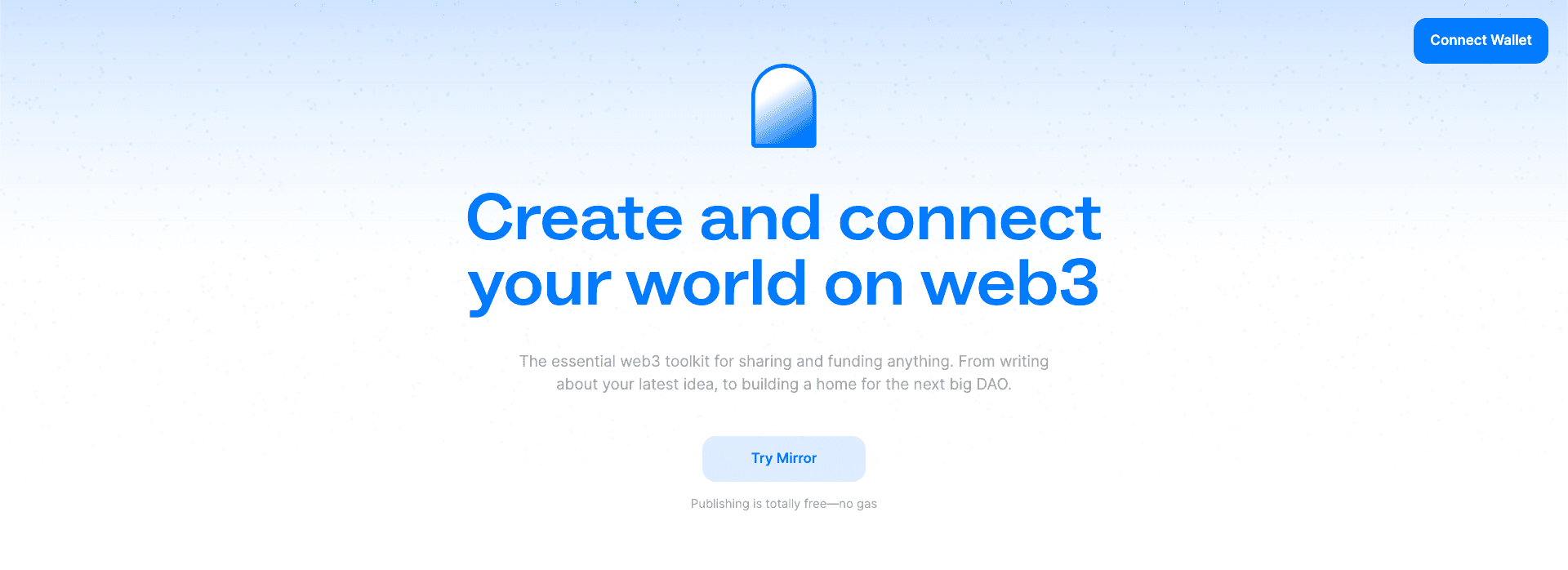
Data assets, the data in my WeChat account, the funny videos I uploaded to Bilibili, the characters I drew in Genshin Impact, although I directly or indirectly paid the cost for this data, the ownership belongs to the platform. Essentially, we are renting. In the world of Web3, the data assets you acquire have always belonged to you (except for being phished, like Jay Chou's monkey recently).
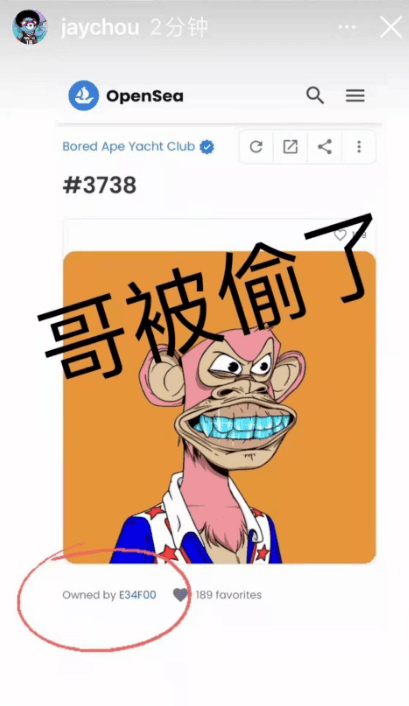
In the decentralized profit model, creators can write articles on Mirror and mint them as NFTs, directly or indirectly earning income from their creations. They can also maintain their own fan communities without relying on platforms. Fans are not just giving without receiving. They have the opportunity to receive tangible returns as their idols grow. As the popularity of idols increases, the prices of the NFTs they issue may also rise, similar to investing in companies by buying stocks.
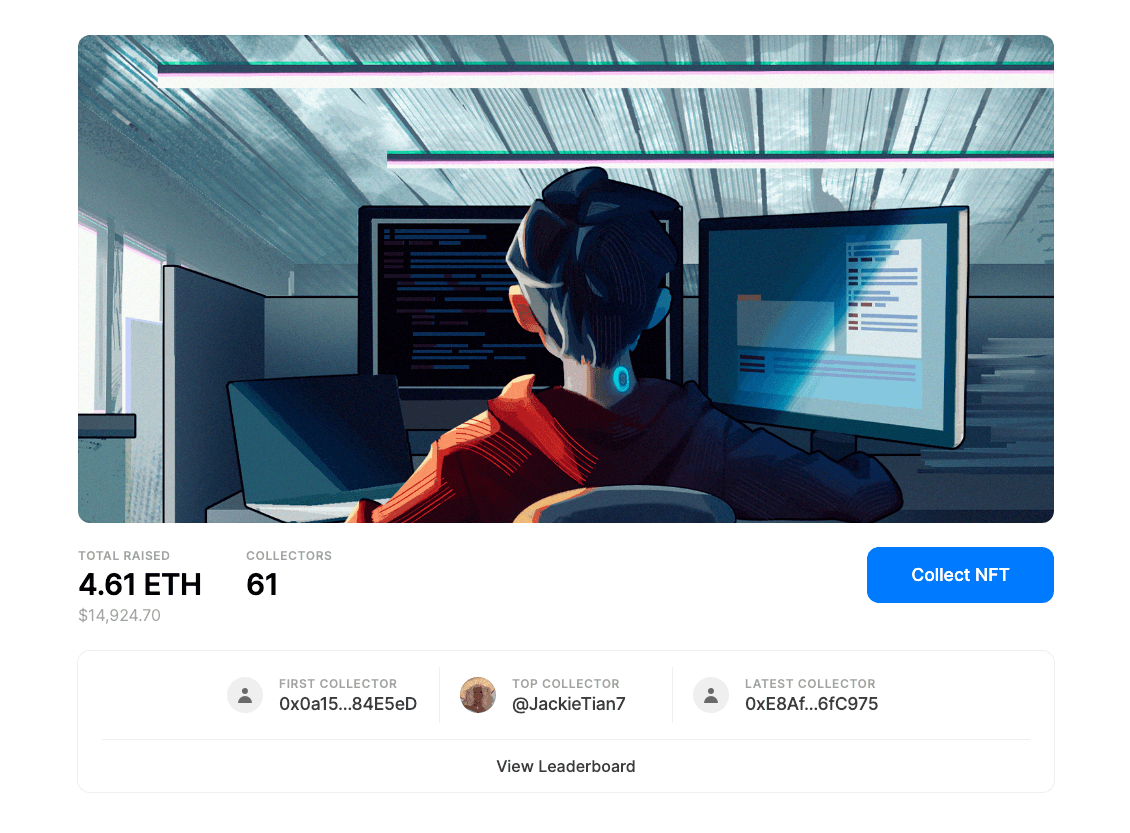
Of course, the definition and uses of Web3 go far beyond this. If you are interested, you can read WEB2 VS WEB3 and What Is Web3. These two articles provide more detailed definitions of Web3.
Web3 from a Technical Perspective#
As a web developer, I think we all know the difference between Web1 and Web2 very well. The story of Gmail and AJAX is also well-known. What are the changes in Web3 from a technical perspective?
Surprisingly, the changes in Web3 are not actually related to web technologies themselves. Instead, they are more like an upgrade of the conceptual level in the web field driven by the development of the encryption industry. Originally, we imagined that Web3, like Ajax, would be an evolution of web technologies itself, such as transforming the Internet into a database, evolving towards artificial intelligence, 3D, and full-image networks, etc. At first glance, it may feel like occupying someone else's nest, but it doesn't matter. Whether it is Web2 or Web3, they are concepts born out of the needs of the real world. Just like we don't care whether H5 refers to Web Apps or HTML5, it's just a name. Personally, I have always believed that technology is not the origin of change, but the product of change.
In the article The Architecture of a Web 3.0 application, two images compare the architectural differences between Web2 and Web3:
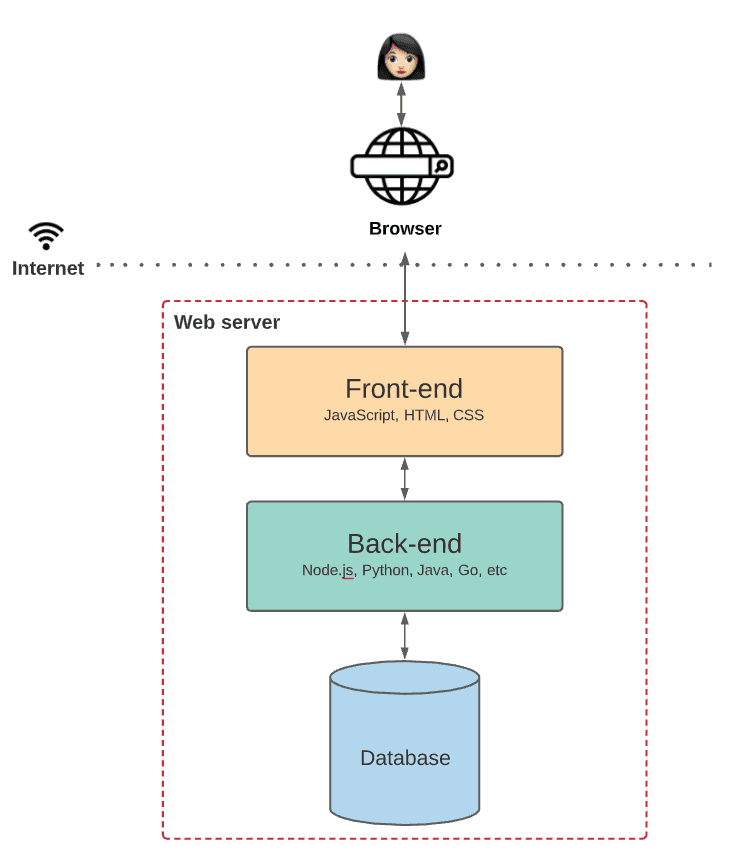
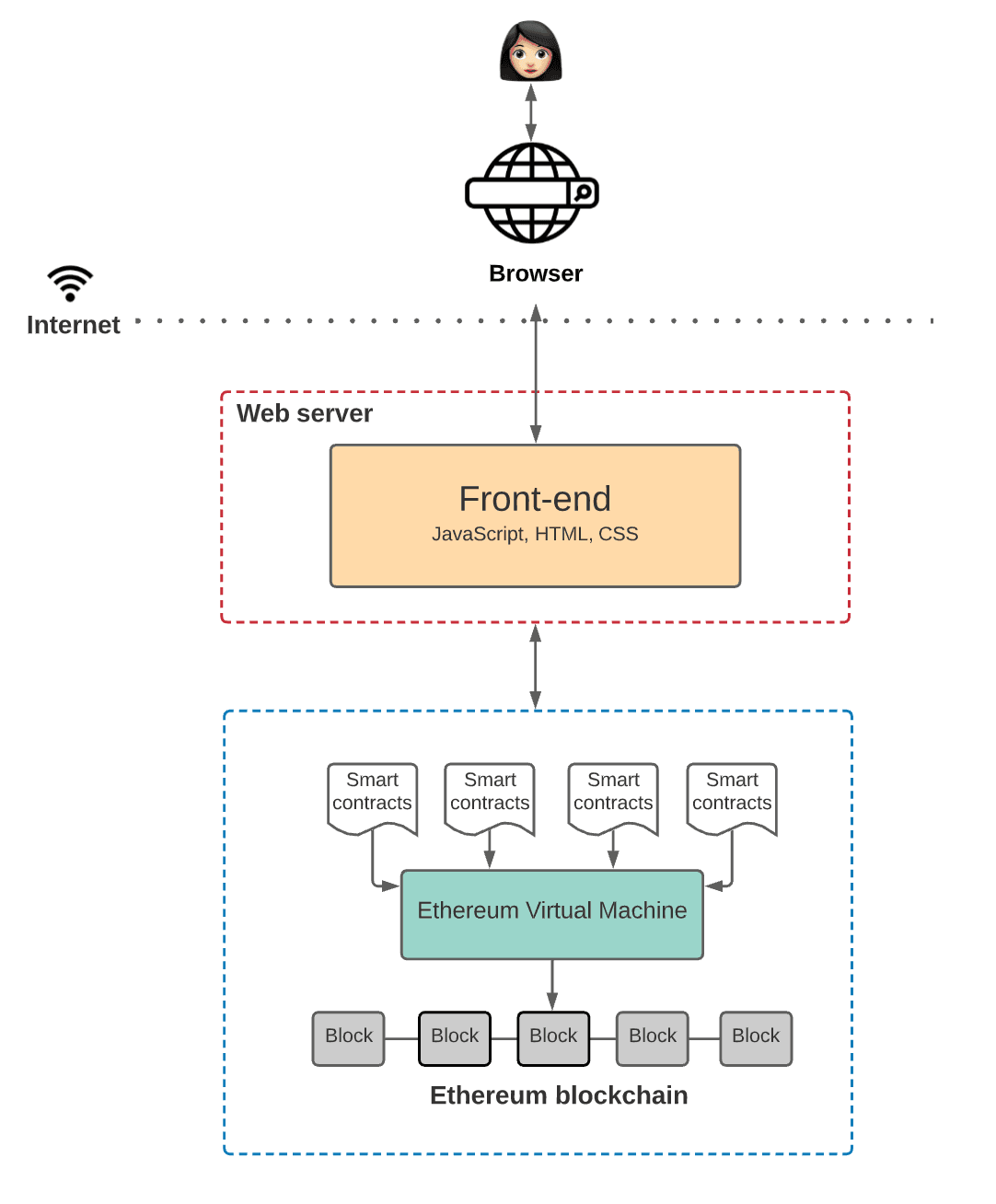
Unlike Web2 applications, Web3 applications, also known as decentralized applications (Dapps), run on a distributed state machine maintained by Ethereum clients worldwide. Developers use smart contracts to implement business logic. In simple terms, it feels a bit like using FaaS. The development process involves writing contracts, deploying contracts, and calling contracts. Conceptually, this is closer to my initial understanding of cloud computing rather than the current situation of renting a virtual machine in a cloud provider's data center.
There are many things that can be discussed in this area, including smart contracts, ecosystem tools, frontend calls, etc. The architecture diagram above is the simplest version for better understanding. Since this article is an introduction, I won't go into detail. I will cover specific topics in future articles.
Developing a Product in the Web3 World#
Taking thirdweb as an example, it is a Web3 app development platform that provides various SDKs. It also operates in a Web3-like manner during the beta phase, attracting users through free Early Access NFTs minting. Besides its symbolic meaning, it also serves as a voucher for using the product. Users connect their wallets on the website to determine if they hold the NFT and open up the trial. Afterwards, users are directed to Discord for trial feedback and communication. Based on the trial time and shared feedback, higher-level NFTs are distributed, and some people may even be absorbed into the core team. Tokens may also be released later, and airdrops may be conducted based on the contributors' contributions, bringing direct benefits to early users.
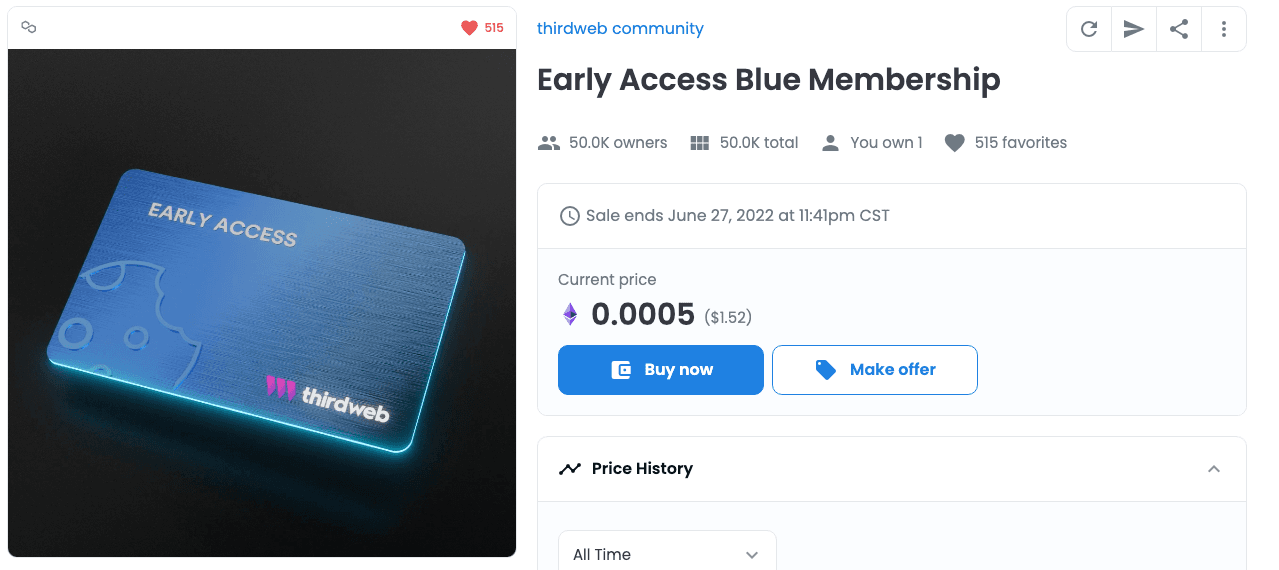
This mechanism is beneficial for both the development team and users. The development team can receive trial feedback in the early stages of the product through a similar option mechanism, while saving on promotional costs. For users, the labor they put into trying out the product may bring direct benefits. Through this approach, the development team and users establish a partnership.
Some products directly adopt the decentralized autonomous organization (DAO) model, such as Mirror. We can see many DAOs operating on Dework.
Doubts about Web3#
As a new thing, Web3 inevitably faces various challenges. The main points of discussion are:
- Doubts about the infrastructure, as exemplified by The Web3 Fraud. I expressed my understanding in my reading notes.
- Doubts about the decentralized concept of Web3, mainly from My first impressions of web3. The author proves through a small experiment that OpenSea, the world's largest NFT marketplace, is not decentralized. OpenSea can delist the NFTs you own, although they are still stored on the blockchain. This contradicts the idea of decentralization. It also raises some arguments, mainly expressing that Web3 cannot be popularized among ordinary users. For more details, you can directly read this blog post.
From the second point, I derived two more questions:
- How long will Web2.5 last?
- Will decentralized services eventually slide towards centralization?
Coincidentally, I discussed these two questions in a Twitter Space recently. Based on the comprehensive discussion, I will share my current views.
Web2.5 may last for a considerable period of time, or it can be said that Web3 was not created to replace Web2. Just like now, it is already 2022, and there are still many websites that can be defined as Web1. Apart from the time required for the spread of new technologies, the main reason is that suitable technical means are needed for different users and scenarios. A Web3 application does not mean that everything has to be decentralized, but rather to solve the problems it is good at. In the end, it may exist as a continuous transitional spectrum.
Regarding the slide of decentralized services towards centralization, the main reasons lie in the current Web3 infrastructure issues, such as performance and cost. On the one hand, these issues can be solved as the technology matures. On the other hand, it is a matter of awareness and trade-offs. Similar to personal privacy, in some periods and regions, ordinary users do not care about their privacy and may even voluntarily give up privacy for efficiency. However, as development progresses, people gradually realize that some things are more important than efficiency, and laws and regulations are introduced to restrict privacy collection.
In summary, Web3 is not a challenger to replace Web2, but rather proposes a solution to solve specific problems. Perhaps some excessive marketing has led to misunderstandings.
My Opinion#
For me, Web3 is a new technology or concept. It is born out of certain practical needs, but it cannot solve all problems. At the same time, it faces some issues that early technologies have to face. The only thing I want to say is to maintain awe and curiosity towards new things. Stay Hungry Stay Foolish.
This article represents my current understanding of Web3. It may contain some cognitive errors or subjective opinions. I welcome anyone who reads this article to correct and discuss them.
References for this issue: